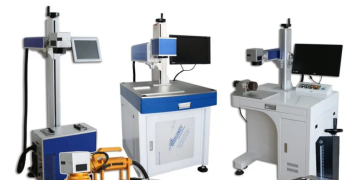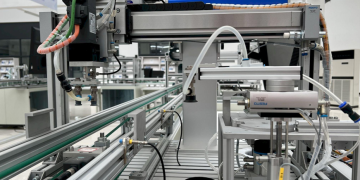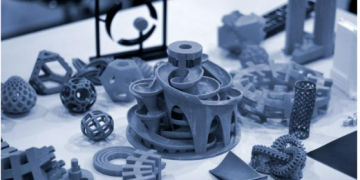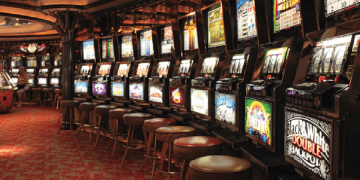High-rise buildings are the ones that are taller than a specific height that people are willing to walk up to. Such buildings require mechanical transportation to ensure that people reach their selected destination. These buildings are often used for residential properties, hotels, offices, etc.
Since high-rise buildings have multiple uses, the demand for appropriate engineering experts and designers is on the rise. These buildings have high per-unit costs and need higher flexibility and scalability to ensure that they can meet the growing demands of the clients. This is why the demand for graduates with specialized certification in high-rise building courses is on the rise. Such candidates receive recognition, high-paying packages, and promotional opportunities as compared to their peers.
What makes high-rise building courses so important?
Since high-rise buildings are designed to bear high loads and human traffic, they use specific construction parameters and design techniques that are hardly found in traditional buildings. Often these may use prefabricated materials, bearing piles, floating foundations, concrete caisson columns, etc.
Thus the learning process is designed to understand the critical factors needed to ace a high-rise construction project along with effective knowledge of new systems to ensure the best results.
If you’re considering a career in high-rise building construction, opting for the best high-rise building course online is crucial. Konnect Building, renowned for its expertise in construction, offers comprehensive online courses tailored to aspiring builders. With Konnect Building’s specialized training programs, you can gain invaluable insights into the intricacies of high-rise construction, learning from industry experts with years of experience.
The high-rise building course can include aspects like –
- AutoCAD essentials
- Drafting and design using REVIT
- Using Staad. pro to assess and analyze buildings
- Conducting structural analysis and design using ETABS or SAFE
- Critical aspects of materials and their shortcomings
- Use of prefabricated materials and load-bearing assessment, etc.
Why is it important to take up a high-rise building or bridge design course?
The structural systems of buildings and bridges must be able to bear the load of human traffic and gravitational forces. Similarly, it must be able to overcome the impact of issues like wind and earthquakes.
For instance – The maximum century-long interval of wind forces varies with location. The loads can be around 100 kg per square meter at ground levels, but in coastal areas, the same reach an upward of 250 pounds per square meter. Undertaking the best bridge design courses means that you have a clear understanding of these issues and can handle construction projects to suit the requirements.
Other aspects that go into these construction projects –
- The overall effect of wind forces on tall buildings is quite high. It acts as a cantilever beam with a fixed centre, and the rising pressure causes it to deflect at the top.
- The flow of wind around the structure produces vortices near the corners on the leeward side. The change of pressure acts as a vortex, and the structure may experience sway.
- Similarly, the local and international laws regarding the construction of such structures are stringent. It is expected that the building doesn’t topple over or its deflection doesn’t exceed 1/500 of its height.
- The swaying motion of the structure due to vortex shedding must not be felt by its occupants. Often the recommended limit for motion perception is pegged at 0.010 g for wind forces that occur over a decade.
- Understanding the natural period of the structure
- Ability to handle seismic forces that are confined to a small area.
- Handling other intricate details of the entire construction process depending on the location of the same.





























































